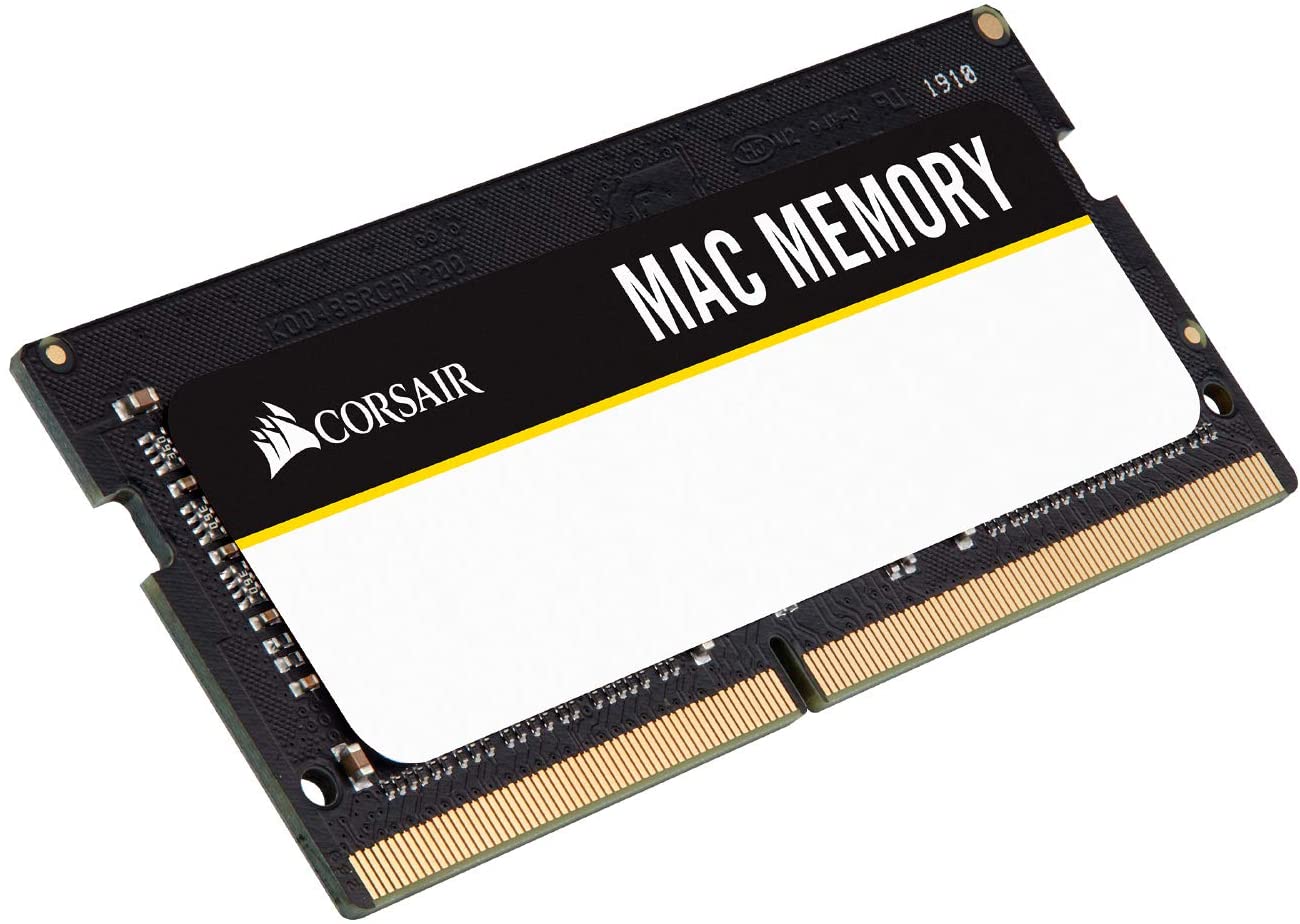
- GET MORE RAM FOR MAC UPGRADE
- GET MORE RAM FOR MAC PRO
- GET MORE RAM FOR MAC SOFTWARE
- GET MORE RAM FOR MAC PLUS
GET MORE RAM FOR MAC PRO
For example, my 2011 15″ MacBook Pro has both Intel HD Graphics 3000 (integrated with the CPU) and an AMD Radeon HD 6750M (discrete GPU), and in the figure below you can see that the discrete Radeon is currently active because at least one running application, such as Photoshop, caused discrete graphics to activate. It has a bar graph of the amount of VRAM being used and it names the graphics in use. The GPU section is most of the way down the menu. Starting with iStat Menus 3.1.6, you can see graphics usage in the CPU & GPU menu.
GET MORE RAM FOR MAC PLUS
If I disconnect the eGPU, the bottom graph goes away and the Intel Iris Plus graph becomes very busy instead. The integrated graphics aren’t being used because the discrete graphics card is so much faster and more powerful. In the example below, the top shows the internal integrated graphics of my 13″ MacBook Pro, and the bottom displays the discrete graphics card in an eGPU connected using Thunderbolt 3, while using GPU-accelerated features in Adobe software.

In addition, you can choose Window > GPU History to see a graph of GPU usage over time. How can you measure graphics hardware usage on a Mac?Īctivity Monitor, the standard macOS utility for monitoring the system, recently added a GPU tab so you can see which applications are using the graphics hardware the most. Earlier versions of Photoshop limited GPU acceleration to document navigation (such as smoothly panning and zooming very large documents) and 3D, but Photoshop versions starting with CS6 now uses the GPU to speed up additional features such as Liquify.
GET MORE RAM FOR MAC SOFTWARE
For these reasons, you see video card specs creeping into the system requirements of more software such as Adobe Photoshop, Adobe Lightroom Classic and Lightroom, Adobe Bridge, and Adobe Premiere Pro. The power of the GPU has helped make it possible for affordable computers to smoothly edit HD video, high-resolution stills, and 3D graphics and animation. Today’s video cards are so powerful that many applications now use the GPU to get through photo and video processing and effects faster, which also frees up the CPU to process other things at the same time. In a desktop computer, the GPU and VRAM are often on a completely separate card that can be easily replaced. This design allows more powerful GPUs to be used, and with more VRAM. On high-end computers the CPU and GPU are separate chipsets, each with their own memory this is called discrete graphics or dedicated graphics. Any memory needed for graphics is taken from the main system RAM ( see details about VRAM amounts on Macs with integrated video). On low-end computers, the GPU is often on the same chipset as the CPU this is called integrated graphics or integrated video. The primary mission of the video card is to drive your displays and make graphics show up faster on those displays. In the same way that a computer has a CPU (central processing unit) that interacts with RAM (random-access memory), a video card has a GPU (graphics processing unit) that works with VRAM (video random-access memory). I have updated this article since it was first written.
GET MORE RAM FOR MAC UPGRADE


In addition, today’s desktop displays are larger than ever, and a new wave of high resolution monitors such as the Apple Retina display have a dramatically increased pixel density (pixels per inch resolution) that has also increased the number of screen pixels that need to be managed for a given screen size. While many people pay attention to the speed of their computer’s CPU (central processing unit) and how much RAM (random-access memory) their applications need, the video card (also called the graphics card) is getting more attention as image-editing, video-editing, and game applications increasingly rely on it.


 0 kommentar(er)
0 kommentar(er)
